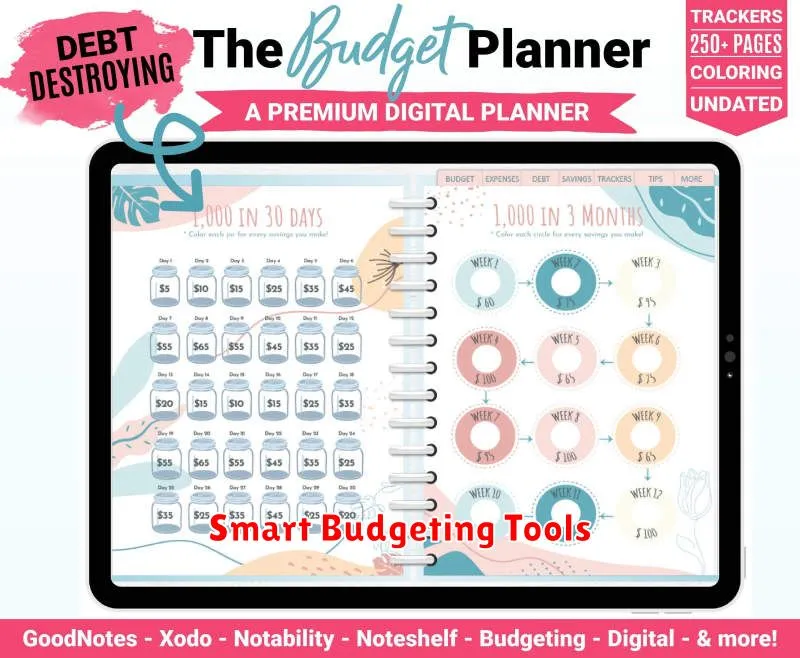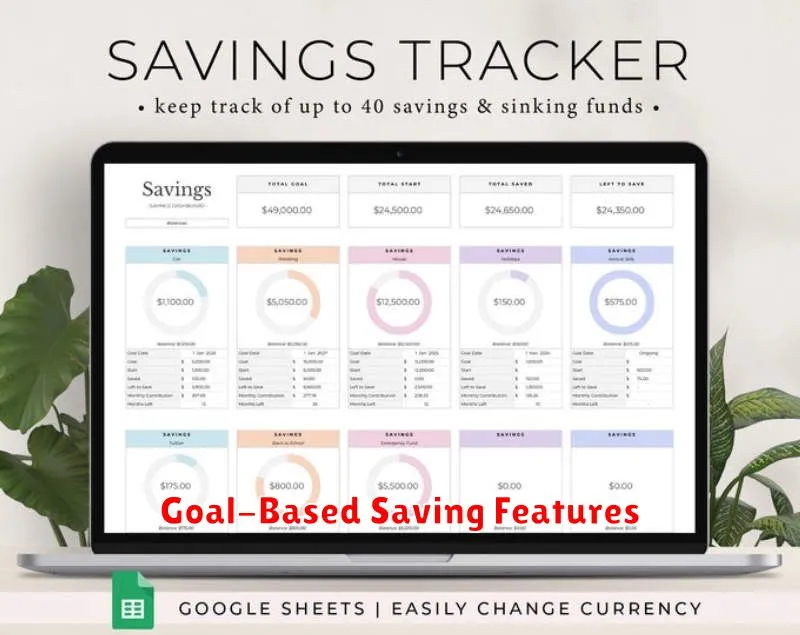In today’s rapidly evolving financial landscape, digital banks are playing an increasingly prominent role in transforming how we manage our personal finances. These innovative institutions, operating primarily online and through mobile applications, are challenging traditional banking models by offering a wide array of digital banking services, often with lower fees and higher interest rates. From streamlined account opening processes and real-time transaction tracking to personalized budgeting tools and AI-powered financial advice, digital banks are empowering individuals to take greater control of their financial well-being. Understanding how these digital transformations are impacting the personal finance sector is crucial for anyone looking to navigate the modern financial world.
This article will delve into the multifaceted ways digital banks are reshaping personal finance. We’ll explore the key features and benefits they offer, such as mobile banking convenience, 24/7 account access, and innovative digital tools for budgeting and saving. We’ll also examine the potential challenges and considerations associated with digital banking, including security concerns and regulatory landscapes. By understanding the advantages and disadvantages of this evolving financial paradigm, you can make informed decisions about how to leverage digital banks to optimize your own personal finances.
Real-Time Spending Insights
Digital banks offer a significant advantage over traditional institutions by providing real-time spending insights. As transactions occur, customers receive instant notifications and updates on their balances. This empowers users to actively monitor their financial activity and make informed decisions.
These insights often go beyond simple transaction alerts. Many digital banks categorize spending, allowing users to quickly identify trends and areas where they might be overspending. Some platforms even offer budgeting tools integrated with these real-time updates, enabling users to track their progress against pre-set limits and adjust their spending habits accordingly.
This immediate feedback loop fosters greater financial awareness and control. Users can identify potential fraud more quickly, manage their daily expenses more effectively, and ultimately make more responsible financial choices.
Smart Budgeting Tools

Digital banks often provide integrated budgeting tools that automatically categorize transactions and track spending patterns. These tools offer a real-time view of your financial health, making it easier to identify areas for improvement.
Many platforms offer personalized budgeting advice based on your income and expenses. They may suggest spending limits for different categories or identify potential savings opportunities. Some even employ predictive analytics to forecast future balances and alert you to potential shortfalls. These features empower users to make informed financial decisions and achieve their financial goals.
Easy Access to Credit Options
Digital banks are significantly streamlining the credit application process. Simplified online applications and faster approval times are hallmarks of this transformation. Customers can often apply for loans, credit cards, and other credit products directly through the bank’s app or website, eliminating the need for extensive paperwork and in-person visits.
Automated credit scoring and data-driven risk assessment allow digital banks to quickly evaluate applicants and offer personalized credit options. This often results in more competitive interest rates and flexible repayment terms compared to traditional banking institutions. Moreover, some digital banks cater to underserved populations by considering alternative data sources for creditworthiness, expanding access to credit for individuals who might have difficulty qualifying through traditional channels.
Goal-Based Saving Features

Digital banks often offer goal-based saving features that allow users to set specific financial objectives, such as a down payment on a house, a new car, or a vacation. These features typically allow users to name their savings goal, set a target amount, and choose a timeframe for reaching it.
Some digital banks may also offer tools that automatically calculate how much a user needs to save regularly to achieve their goal by the desired date. This can help individuals stay motivated and track their progress. Often, these tools incorporate visual progress trackers, making it easy to see how close users are to achieving their financial objectives.
Certain digital banks may even offer round-up features where purchases are rounded up to the nearest dollar, and the difference is automatically deposited into the designated savings goal. This allows users to save small amounts of money without even noticing it.
Simplified Money Management
Digital banks excel at simplifying money management. User-friendly interfaces make navigating finances intuitive. Features like automated budgeting and spending trackers provide clear visualizations of financial habits, empowering users to make informed decisions.
Real-time transaction notifications offer instant awareness of spending activity. This helps in identifying potentially fraudulent activity and maintaining a tighter grip on budgeting. Furthermore, many digital banks offer goal-setting tools that allow users to establish and track financial milestones, simplifying saving for significant purchases or life events.
These integrated features combine to streamline financial management, making it more accessible and less daunting for individuals. The ability to manage everything from a single platform greatly reduces the complexity traditionally associated with personal finance.
All-in-One App Integration
Digital banks excel at providing a centralized platform for managing all aspects of personal finance. Gone are the days of juggling multiple apps for budgeting, investing, and banking. These integrated platforms allow users to view account balances, track spending, transfer funds, pay bills, and even invest, all within a single application.
This streamlined approach simplifies money management, offering a holistic view of one’s financial health. Users can easily monitor their progress towards financial goals, identify areas for improvement, and make informed decisions about their finances.
This integration also facilitates real-time insights. With all financial data readily available, users can quickly assess their spending habits and make necessary adjustments. This level of accessibility empowers individuals to take greater control of their financial well-being.

